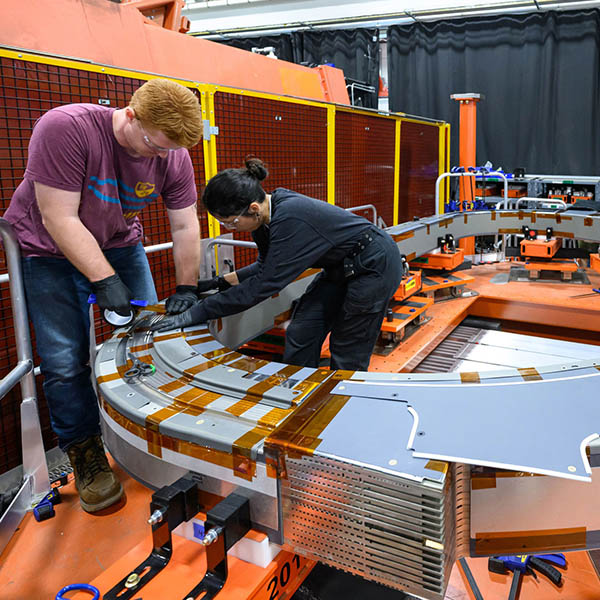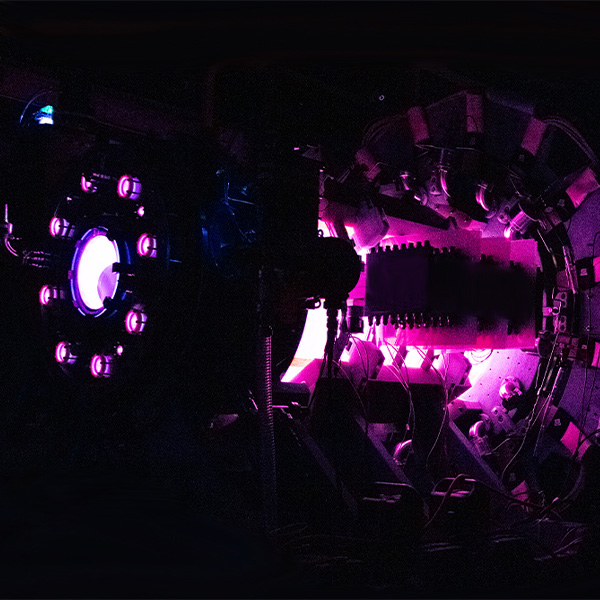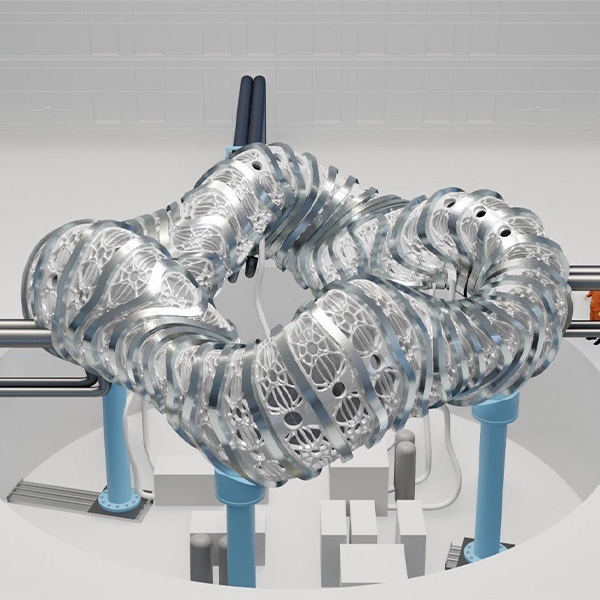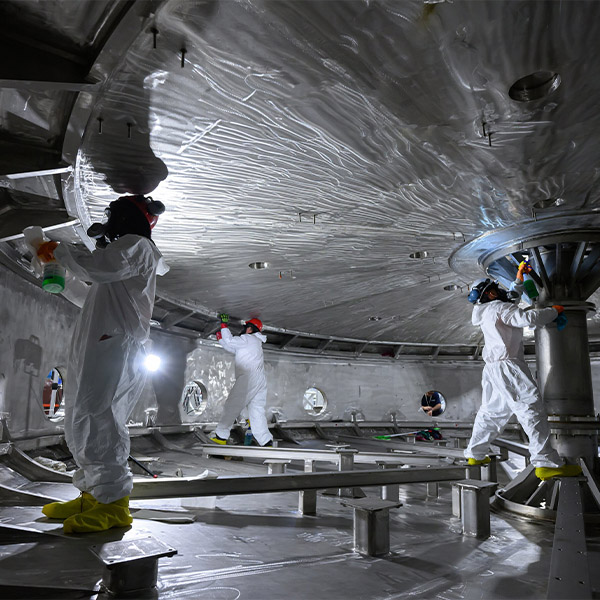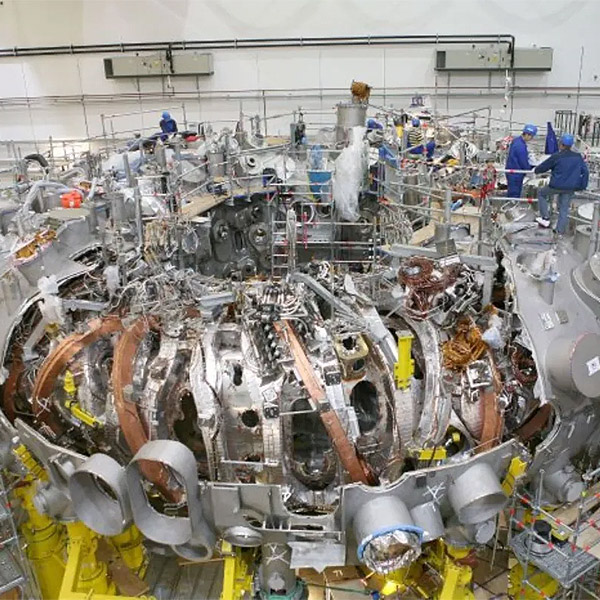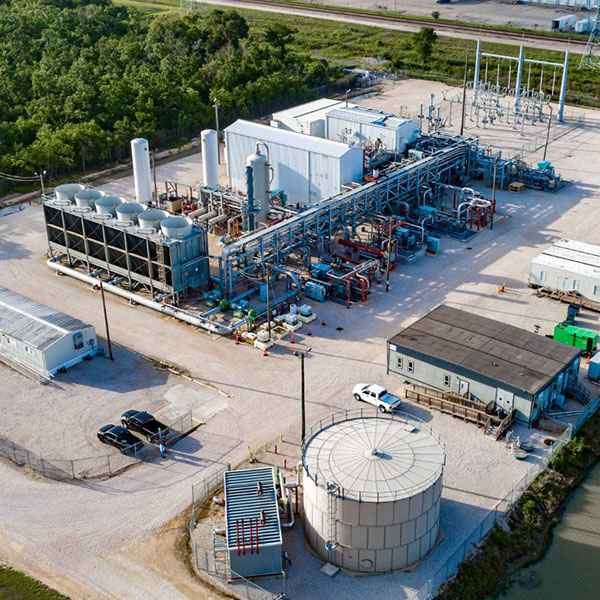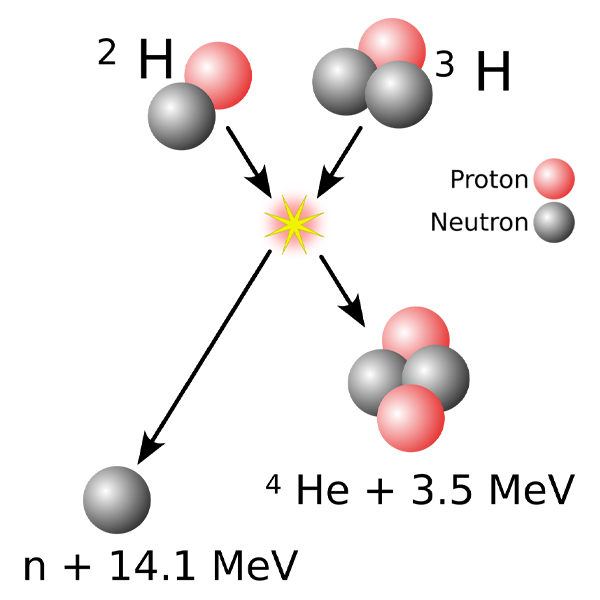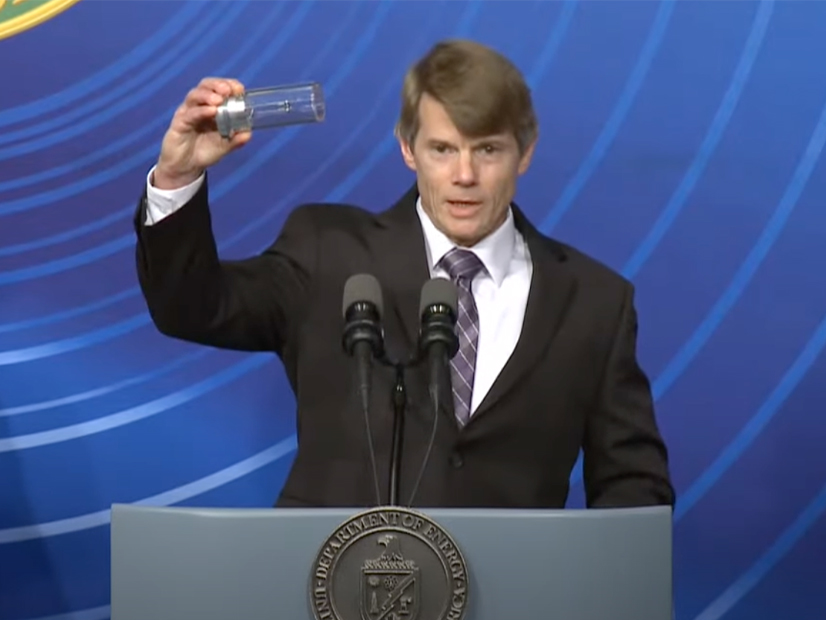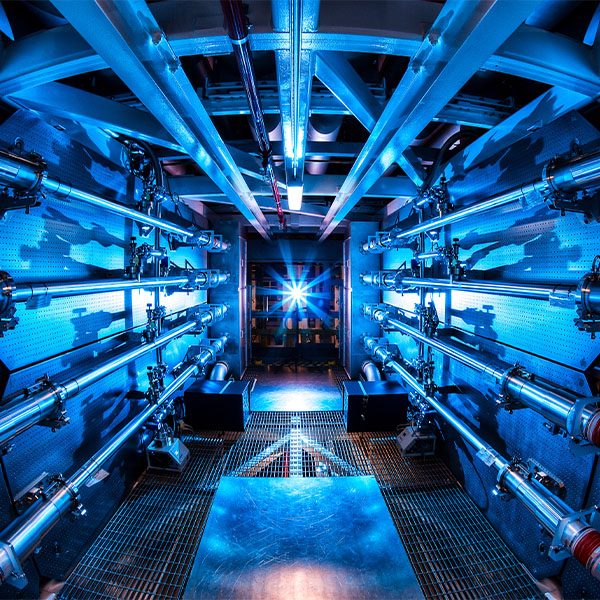nuclear fusion
The Department of Energy's “Fusion Science and Technology Roadmap” seeks to accelerate progress toward the long-sought, long-elusive goal of commercially viable nuclear fusion power.
House Bill 1018 would allow developers of fusion projects to approach either the Washington state government or appropriate county government for permission to build on a parcel of land in the state.
The 350-MWe pilot fusion plant would provide baseload generation for the Tennessee Valley region, potentially repurposing returned TVA fossil-burning power plant infrastructure.
Two companies developing advanced nuclear technology made landmark announcements about their plans.
About 45 companies worldwide are in the race to develop commercially viable nuclear fusion technology and almost half of them expect to deliver power to the grid somewhere between 2031 and 2035.
Questions from energy reporters at a USEA briefing on emerging cleantech shifted the focus to what will happen to U.S. energy policy if Donald Trump is re-elected president.
Renewable resources generally are not dispatchable. Fusion is getting increasing attention as a possible salvation.
After decades of funding research to harness the power of nuclear fusion, the agency has announced grants to help start-ups develop commercial fusion reactors.
Researchers have developed a global first: less than one second of controlled hydrogen fusion that created more energy than had been required to initiate it.
Scientists at the Lawrence Livermore National Laboratory have created a nuclear fusion reaction that for the first time produced a net energy gain.
Want more? Advanced Search
